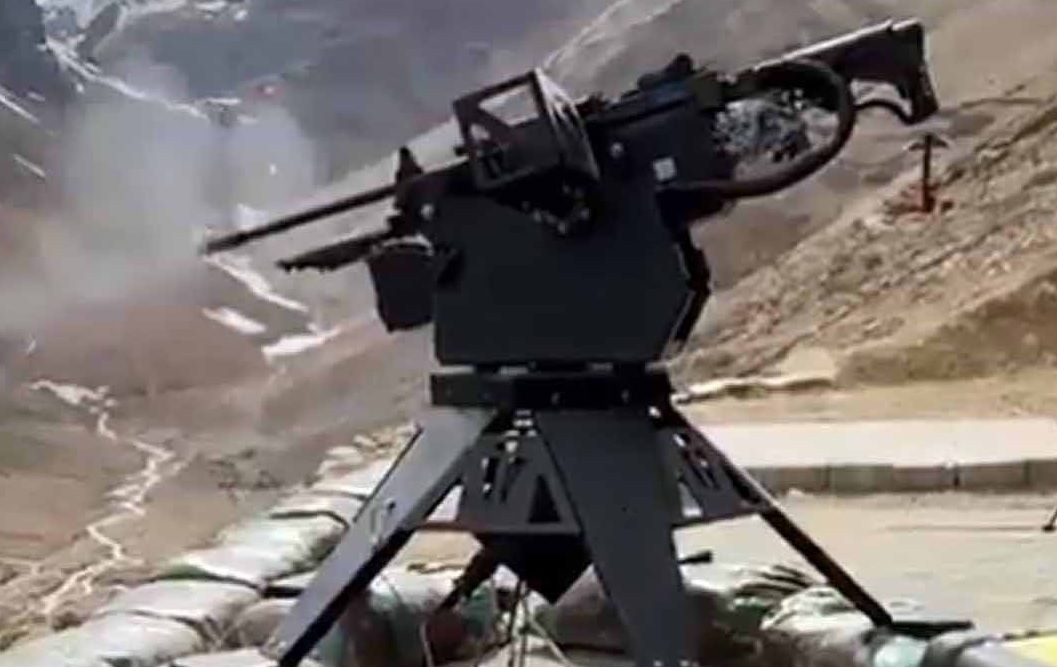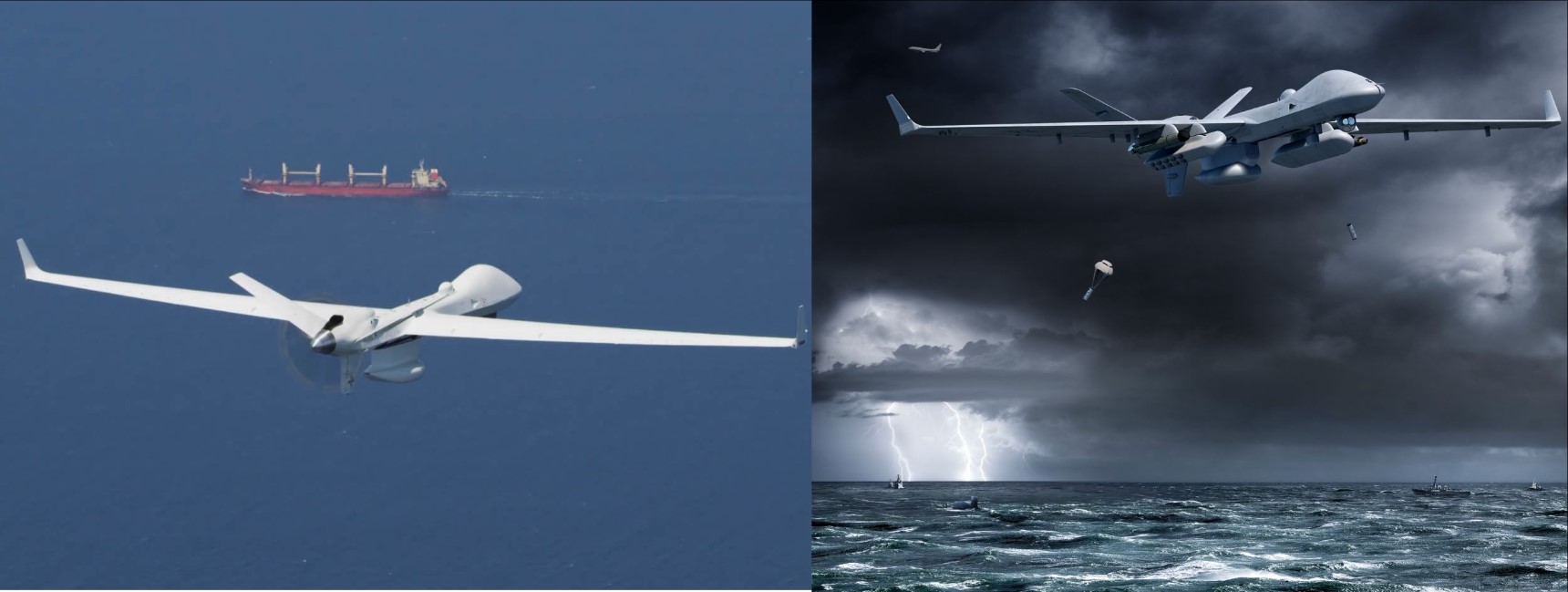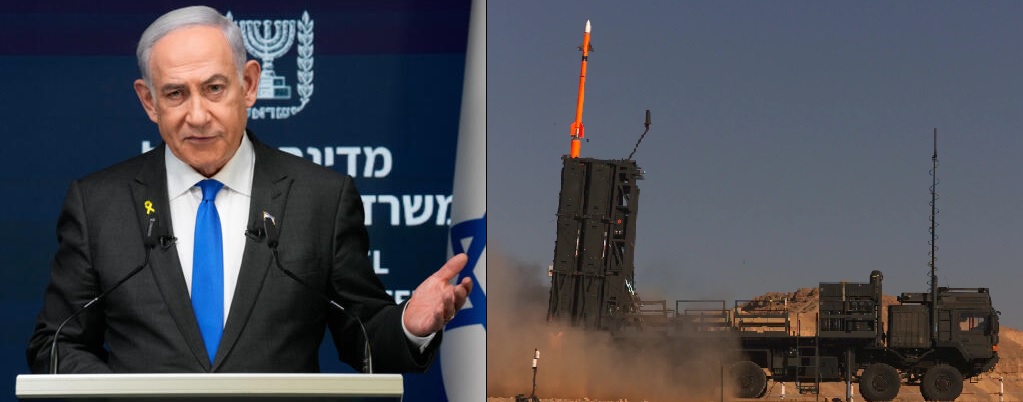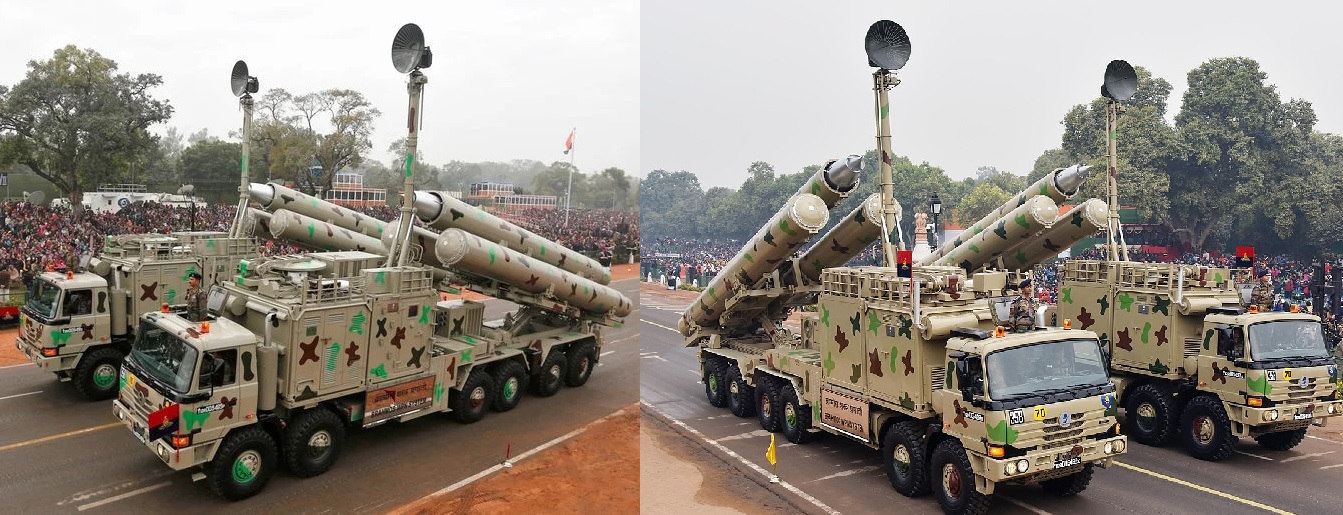China's H-20 Stealth Bomber Potential Threat For India and Challenge For U.S
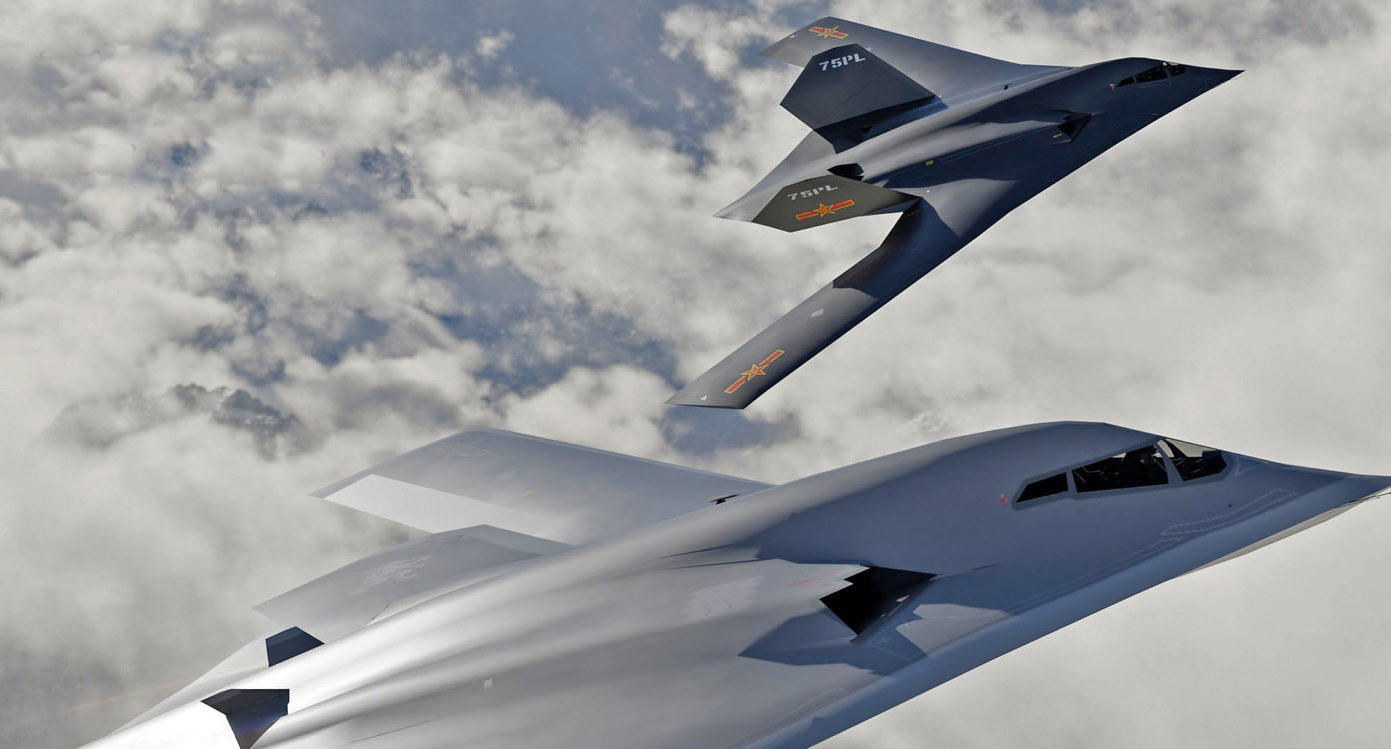
Defense News
China ,U.S ,India
In recent discussions surrounding military capabilities, China's unveiling of its much-anticipated H-20 bomber has sparked global attention. The H-20, touted as China's first strategic stealth bomber, is set to bring significant advancements to the People's Liberation Army (PLA) Air Force, according to statements made by Chinese officials.
Deputy Commander of the PLA Air Force, Wang Wei, addressed the topic during the second session of the Chinese People's Political Consultative Conference (CPPCC), affirming that the H-20 has encountered no major technical obstacles during its development. This statement echoes earlier reports from Chinese state-owned media outlet Global Times, suggesting that the aircraft's public debut is imminent.
Despite previous speculation regarding potential delays, Wang's reassurances indicate that the H-20's progress remains on track. He emphasized the aircraft's transformative potential, highlighting its role in bolstering China's air defense capabilities.
The H-20's significance lies in its ability to fill a strategic gap within China's current bomber fleet, which primarily consists of the aging H-6 model. Unlike its predecessor, the H-20 is expected to possess stealth capabilities, allowing it to operate more effectively in modern combat scenarios.
However, analysts have raised concerns about the H-6's limitations, particularly its vulnerability to advanced air defense systems. Without stealth capabilities, the H-6 may struggle to penetrate heavily fortified enemy airspace, necessitating the use of standoff munitions.
In contrast, the development of the H-20 represents a significant leap forward for the PLA Air Force. With its anticipated stealth features, the H-20 has the potential to evade detection and deliver precision strikes with greater efficiency.
Furthermore, experts suggest that the H-20 could play a pivotal role in shaping regional dynamics, particularly in the Indo-Pacific region. As tensions between China and the United States persist, the deployment of advanced military assets such as the H-20 could further escalate the arms race in the region.
The Pentagon's "China Military Power Report" has underscored the potential threat posed by the H-20, citing its long-range capabilities and stealth technology as key factors. With an operational range of 8,500 kilometers, the H-20 could potentially target strategic locations within the United States, posing new challenges for American defense planners.
The Race for Stealth: China's H-20 Bomber vs. US B-21
However, while China's progress on the H-20 has garnered attention, the United States is not far behind in the development of its own stealth bomber, the B-21. Recent reports indicate that the B-21 has entered production, signaling its imminent deployment.
Military experts view the B-21 as a crucial asset in the United States' strategic planning against China. Andreas Rupprecht, a specialist in Chinese military aviation, highlights the significance of the B-21 in current US defense considerations, emphasizing its role in countering emerging threats from China.
Despite concerns over potential delays and budgetary constraints, Rupprecht remains optimistic about the B-21's development. He suggests that while challenges may arise, they are unlikely to derail the program's progress significantly.
The race for stealth supremacy between China's H-20 and the US B-21 underscores the evolving nature of modern warfare. As both countries continue to invest in advanced military technologies, the strategic balance in the Indo-Pacific region hangs in the balance. The successful deployment of the H-20 and B-21 will undoubtedly reshape the geopolitical landscape, with far-reaching implications for regional security and stability.
China's H-20 stealth bomber threat to India
China's development of the H-20 stealth bomber and long-range cruise missiles is a significant military advancement that India needs to consider in its defense strategy. Here's a breakdown of the potential threat and its implications: The H-20 Stealth Bomber:
- Capabilities: The H-20 is expected to be a long-range, subsonic strategic bomber with features similar to the American B-2 Spirit. This includes a flying wing design for low radar signature and the ability to carry a large payload of conventional or nuclear weapons.
- Threat to India: The H-20's long range allows it to potentially strike targets deep within India without being easily detected by radars. This could put critical infrastructure, military bases, and even civilian centers at risk.
Long-Range Cruise Missiles:
- China's arsenal: China already possesses long-range air-launched cruise missiles (ALCMs) like the CJ-20 with 1500 to 2000 Km range, which can be launched from bombers like the H-6K. These missiles pose a serious threat to static targets and troop concentrations in India.
- H-20's role: The H-20's stealth capabilities could significantly enhance the effectiveness of these long-range cruise missiles. It could launch them from further away, making them even harder to intercept.
Overall Threat to India:
- Reduced Warning Time: The H-20's stealth design could significantly reduce India's warning time in case of an attack. This makes it harder to prepare defenses and potentially increases vulnerability.
- Expanded Strike Range: The combination of the H-20's range and long-range cruise missiles allows China to potentially threaten a wider range of targets in India.
India's Considerations:
- Modernization: India needs to modernize its air defense systems, including radars and interceptor aircraft, to counter the threat of stealth bombers and long-range missiles.
- Intelligence Gathering: Strengthening intelligence gathering capabilities is crucial to understand China's military deployments and intentions.
✍️ This article is written by the team of The Defense News.
